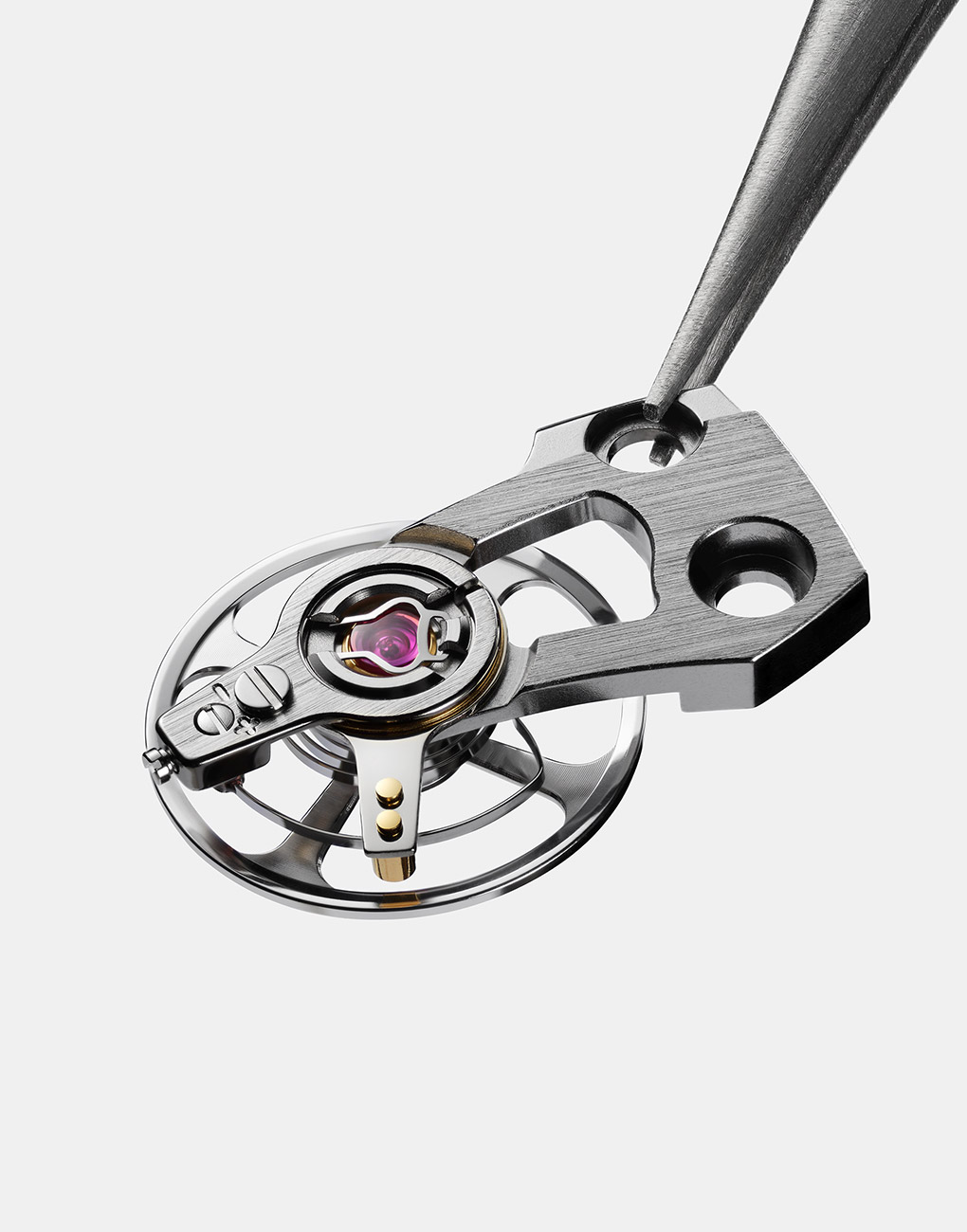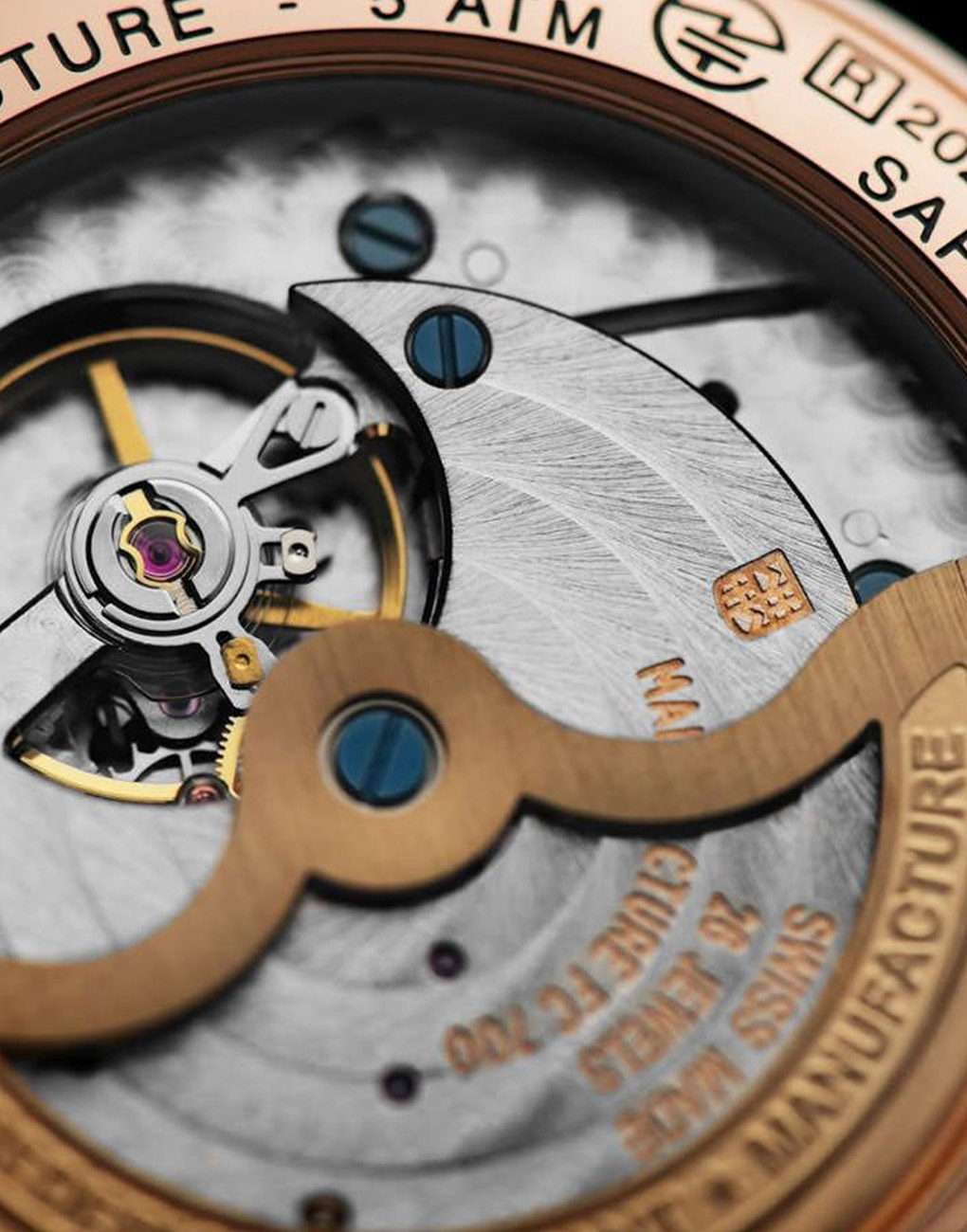Watch GlossaryHairspring
A hairspring or balance spring is a very small spring in a mechanical watch that returns the balance wheel back to its neutral position
May We Recommend
What is a hairspring in a watch?
A hairspring also known as the balance spring is the extremely thin, coiled spring that controls the swings, or oscillations, of the balance inside a watch. It is basically the element that makes a watch tick. It was added to the balance wheel in around 1657 by Robert Hooke and Christiaan Huygens, thereby greatly increasing the accuracy of portable timekeepers. This resulted in converting the pocket watches of yore to useful and accurate time-telling devices rather than merely being ornate showpieces.

In modern watches, the balance spring, or hairspring, is attached to the balance wheel, causing it to oscillate with a resonant frequency when the watch is running, which controls the speed at which the wheels of the timepiece turn, thus the rate of movement of the hands. A regulator lever is often fitted, which can be used to alter the free length of the spring and thereby adjust the rate of the timepiece.

How does a hairspring work in a watch?
The hairspring or balance spring is found inside the watch movement’s regulating system known as the escapement. It comprises an escape wheel, escape lever, and a balance wheel that is attached with the hairspring. The escapement receives energy that’s stored in the movement’s power reserve also known as the barrel, and dispenses it in regular intervals or impulses to the rest of the movement’s components to ensure precision in timekeeping.

It’s important to note that the active length of the hairspring interacts with the momentum of the balance rim to determine the duration of each beat of the balance. This is why most watches are equipped with a regulator on the balance cock that can be adjusted to vary the active length of the hairspring. Therefore, a longer hairspring causes the watch to run more slowly, whereas a shorter one makes the watch tick faster.






